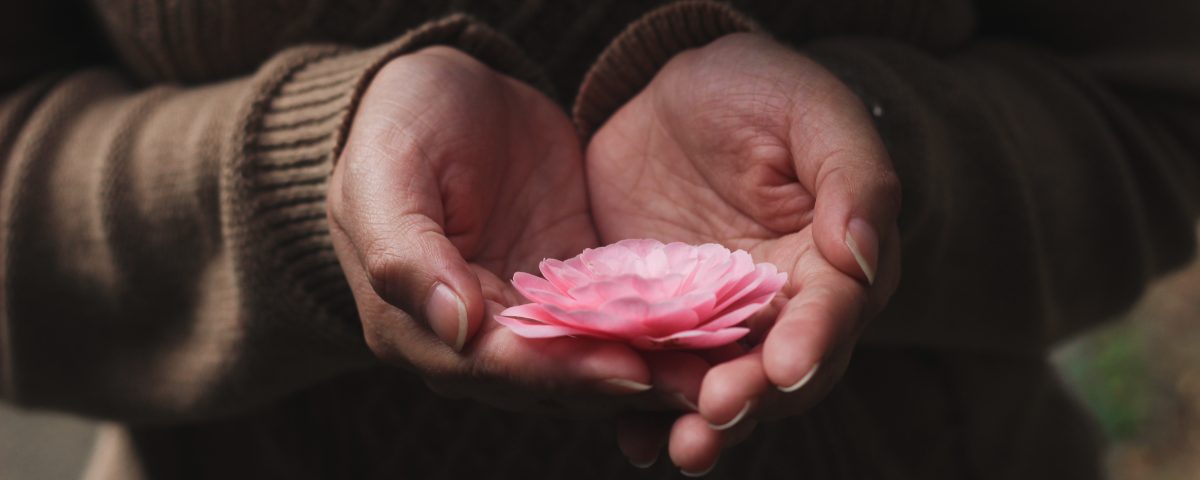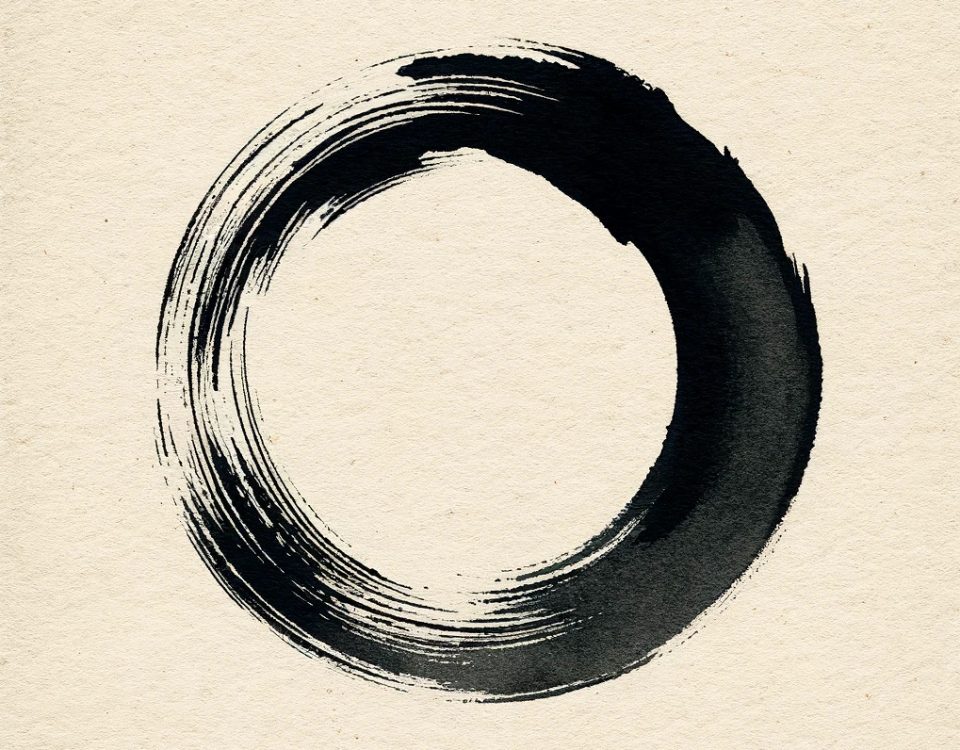
Supported Discomfort and Reflections on 2022
January 9, 2023
Movement is How We Grow
April 9, 2023Life is replete with stressors; as the Buddha said, life is dukkha. Right here and now, I can bring to mind a few situations that I’m responsible for, or haven’t let go of yet, that have a stressful resonance. But stressors don’t inevitably cause pain and discomfort. We have the ability to respond to them as either threats or challenges; one drives us back, and the other is an opportunity to grow.
Yoga can shift how we perceive and respond to life’s gifts and challenges. Traditionally, yoga has been practiced to attune the individual to the universal, recognizing our power within the context of a vast and interconnected whole. This shift in perspective, like looking up at the stars on a clear night, can help ease our pain by understanding it in a wider context.
Every yoga posture is a recipe that shapes what we feel, think, and do in the moment and future. Yoga works with the reciprocal relationship between mind and body. Our moods and attitudes are influenced by the expression of our spine, hips, shoulders, limbs and head. An expansive posture encourages feelings of self-confidence, and this is an important quality to foster when facing hardship. An inward-face forward fold can bring about a feeling of self-love and forgiveness. Gaining sensitivity to the breath can increase the resolution of our embodied experience, and provide the tools to stay calm when provoked. Yoga shapes our inner environment so we can respond to life’s challenges and make better decisions. We can’t escape stress, but we can change our response to it, creating an opportunity to learn and grow.
So often, we are drawn to our mat to heal. We humbly support your journey and hope to see you on the mat, in the studio, from home, or on the road.
Credit to Francis, A. L., & Beemer, R. C. (2019). How does yoga reduce stress? Embodied cognition and emotion highlight the influence of the musculoskeletal system. Complementary therapies in medicine, 43, 170–175. https://doi.org/10.1016/j.ctim.2019.01.024





